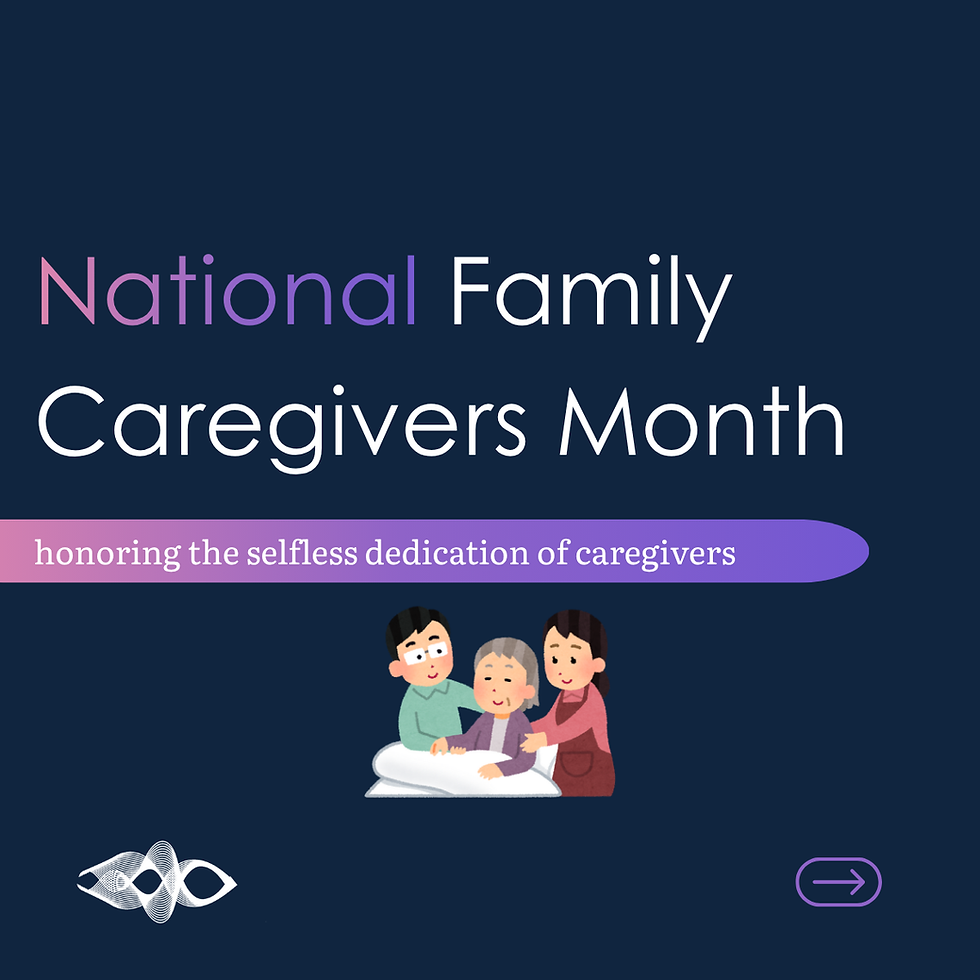Seasonal Depression – When it is More Than Winter Blues
- Michel Birnbaum
- Jan 13, 2023
- 3 min read
Seasonal affective disorder (SAD) is a type of depression, characterized by depressive symptoms throughout winter, as opposed to a healthy mental status during the rest of the year.

It is no secret that wintertime can be a fairly depressing period for a lot of people. The days are shorter, we feel more tired and more likely to stay inside by ourselves. This is especially the case in the weeks following the new year as it is the ‘return to normal’ after an upbeat and festive holiday period.
However, there is a big difference between the usual winter blues, which are relatively mild and short-lived, and persistent depressive symptoms that can last for multiple weeks at a time. If these occur exclusively during winter months and have emerged for two winters or more, you may have SAD.
This disorder can vary in severity and its main symptoms are similar to those of major depressive disorder. These include changes in appetite, chronic fatigue, sleeping problems and feelings of hopelessness. In severe cases suicidal thoughts can occur, in which case you are advised to seek help from your primary healthcare provider immediately.
It is estimated that over 10 to 20 percent of the population (of seasonal countries) experience SAD. Contrary to popular belief, both sexes are affected equally. However, it may be more visible in women as they tend to express more ‘classical’ symptoms of depression such as crying, whereas men may show more ambiguous behavior such as anger, frustration or irritability.
In the general population, SAD symptoms tend to peak in the weeks following the new year.
What is the cause of SAD?
SAD occurs due to an insufficient exposure to sunlight experienced during the winter months. This can induce depression in two ways.
In the absence of light, the body produces more melatonin, the sleep-regulating hormone, which in excess, can cause depressive symptoms.
Light triggers the production of serotonin, the “happy hormone”, and therefore in winter its levels can be abnormally low, causing low mood and depression.
This is often the case in individuals who have a mutation in the gene responsible for the production of Melanopsin, a photopigment in the retina responsible for the absorption of light. This causes a reduced sensitivity to light in general. The paler light of winter thus is insufficient for maintaining normal levels of both melatonin and serotonin in these individuals.
How is SAD treated?
If you think that you are suffering from SAD, there is no need to worry, as there are many proven and efficient treatment options out there.
- Light therapy
The most common option is light therapy, in which individuals are placed under a bright light for a couple of hours a week. In many cases, this is sufficient to relieve their symptoms after regular sessions.
- Lifestyle changes
Engaging in more outdoor activities, standing in the sunlight and practicing mindfulness are all simple lifestyle changes which are reported to significantly reduce SAD symptoms when practiced regularly!
- Therapy
Even though SAD is caused by a hormonal imbalance, in some individuals there may be underlying causes which exacerbates its symptoms. Furthermore, unfortunately the previous treatment options may simply not be enough to completely cure this condition.
If this is the case, therapy is a great way of dealing with this. Additional tools such as GenMind™ will allow you to assess your day-to-day symptoms, allowing your healthcare provider to evaluate your situation with a higher accuracy, to create a more efficient and personalized treatment plan for you.
We wish you a good start to 2023
Connect with us on LinkedIn to receive more tips and updates



Comments